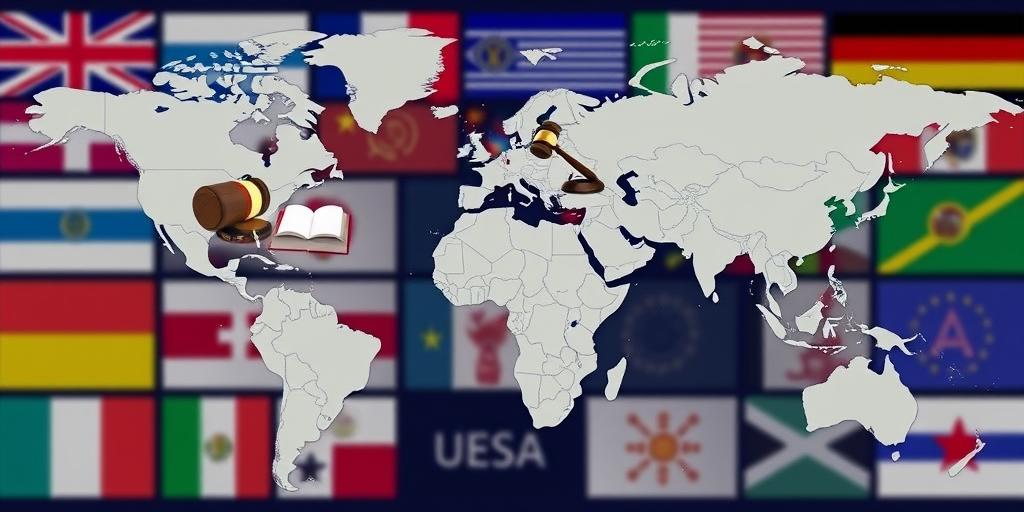International Law and Border Delimitations: A Comprehensive Overview
Border delimitations are a critical aspect of international relations, defining the territorial sovereignty of states and influencing their interactions. International law provides the framework for establishing and maintaining these boundaries, addressing issues such as land, maritime, and aerial borders.
The Foundations of Border Delimitation in International Law
Several key principles and sources underpin the legal framework for border delimitations:
- Treaties: Bilateral or multilateral agreements between states are the primary means of establishing borders. These treaties often include detailed descriptions, maps, and demarcation procedures.
- Customary International Law: Practices widely accepted and consistently followed by states can also form the basis of border delimitations. This is particularly relevant in situations where no specific treaty exists.
- Judicial Decisions and Arbitral Awards: Decisions by international courts and tribunals, such as the International Court of Justice (ICJ) or arbitration panels, play a significant role in interpreting and applying international law to border disputes.
- Principles of International Law: Principles like uti possidetis juris (maintaining administrative boundaries at the time of independence) and the principle of effective control are often invoked in border delimitation cases.
Methods of Border Delimitation
Border delimitations typically involve several stages:
- Negotiation: States engage in diplomatic negotiations to reach an agreement on the location and alignment of their common border.
- Delimitation: The agreed-upon border is defined in a treaty or other legal instrument, often accompanied by maps and geographical coordinates.
- Demarcation: Physical markers or boundary pillars are erected on the ground to indicate the border's precise location.
- Administration: States establish mechanisms for managing and maintaining the border, including customs, immigration, and security measures.
Key Considerations in Border Delimitation
Several factors influence the process of border delimitation:
- Geographical Features: Natural features such as rivers, mountains, and coastlines often serve as border markers. However, disputes can arise when these features change over time or are ambiguously defined.
- Historical Claims: States may assert historical claims to territory based on past occupation, administration, or treaties. These claims are often contentious and require careful legal analysis.
- Economic Interests: Access to natural resources, such as oil, gas, or water, can significantly impact border negotiations. States may seek to align borders to secure access to these resources.
- Indigenous Rights: The rights and interests of indigenous communities living in border regions must be considered in border delimitations. International law recognizes the need to protect indigenous cultures and livelihoods.
Contemporary Challenges and Future Trends
Border delimitations continue to pose challenges in the 21st century:
- Maritime Boundary Disputes: With increasing interest in offshore resources, maritime boundary disputes are becoming more common. The United Nations Convention on the Law of the Sea (UNCLOS) provides a framework for resolving these disputes, but interpretations vary.
- Climate Change: Rising sea levels and changing weather patterns can affect border demarcations, particularly in coastal and island regions. New legal frameworks may be needed to address these climate-related challenges.
- Cyber Borders: The concept of cyber borders is emerging as states seek to regulate online activities and protect their digital sovereignty. International law is still evolving to address these novel issues.
Conclusion
International law plays a crucial role in establishing and maintaining border delimitations, providing a framework for peaceful relations between states. While challenges remain, ongoing developments in legal principles and dispute resolution mechanisms offer hope for resolving border disputes and promoting stability in the international community. Understanding the intricacies of international law and border delimitations is essential for policymakers, legal scholars, and anyone interested in international relations.









